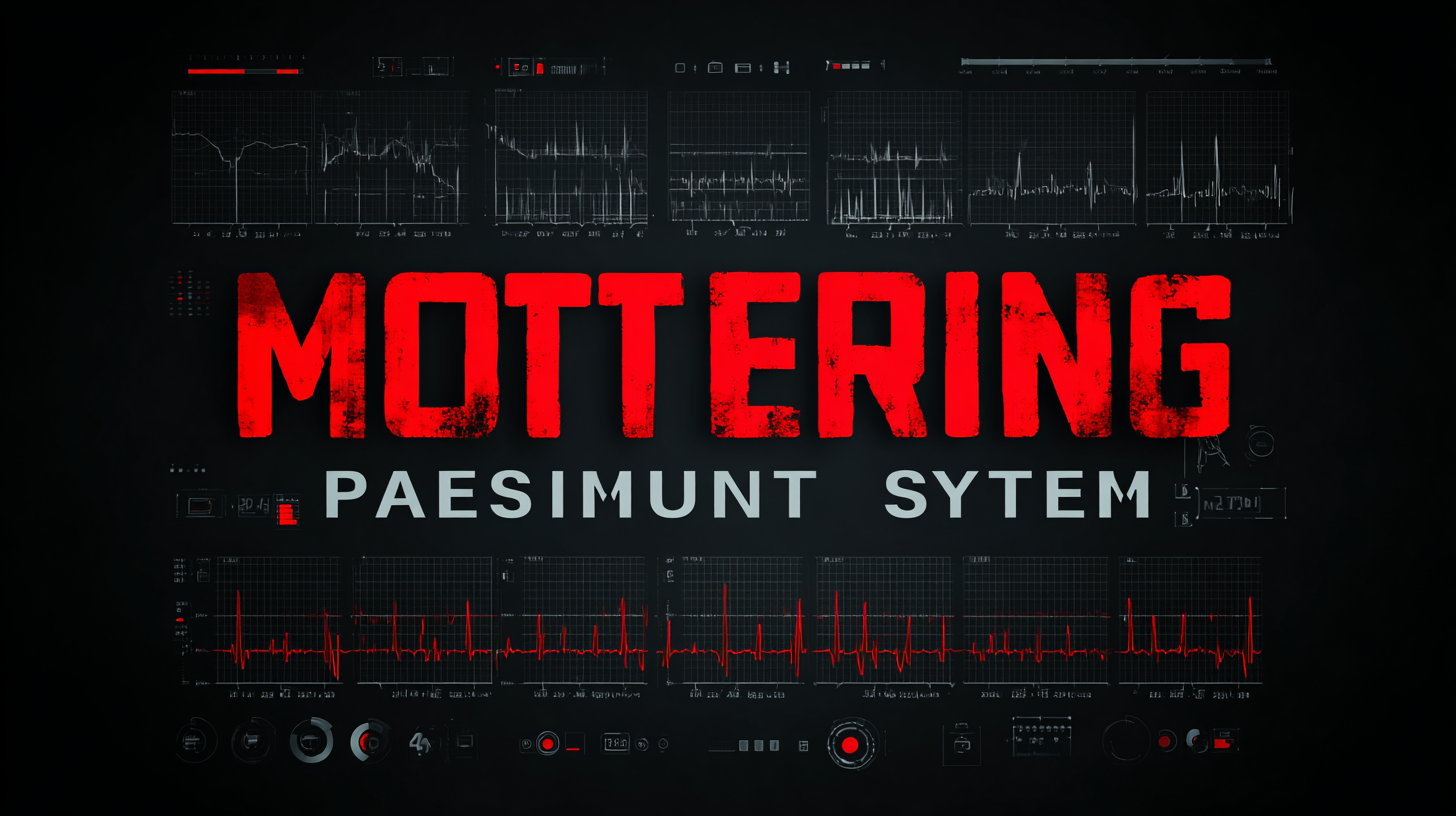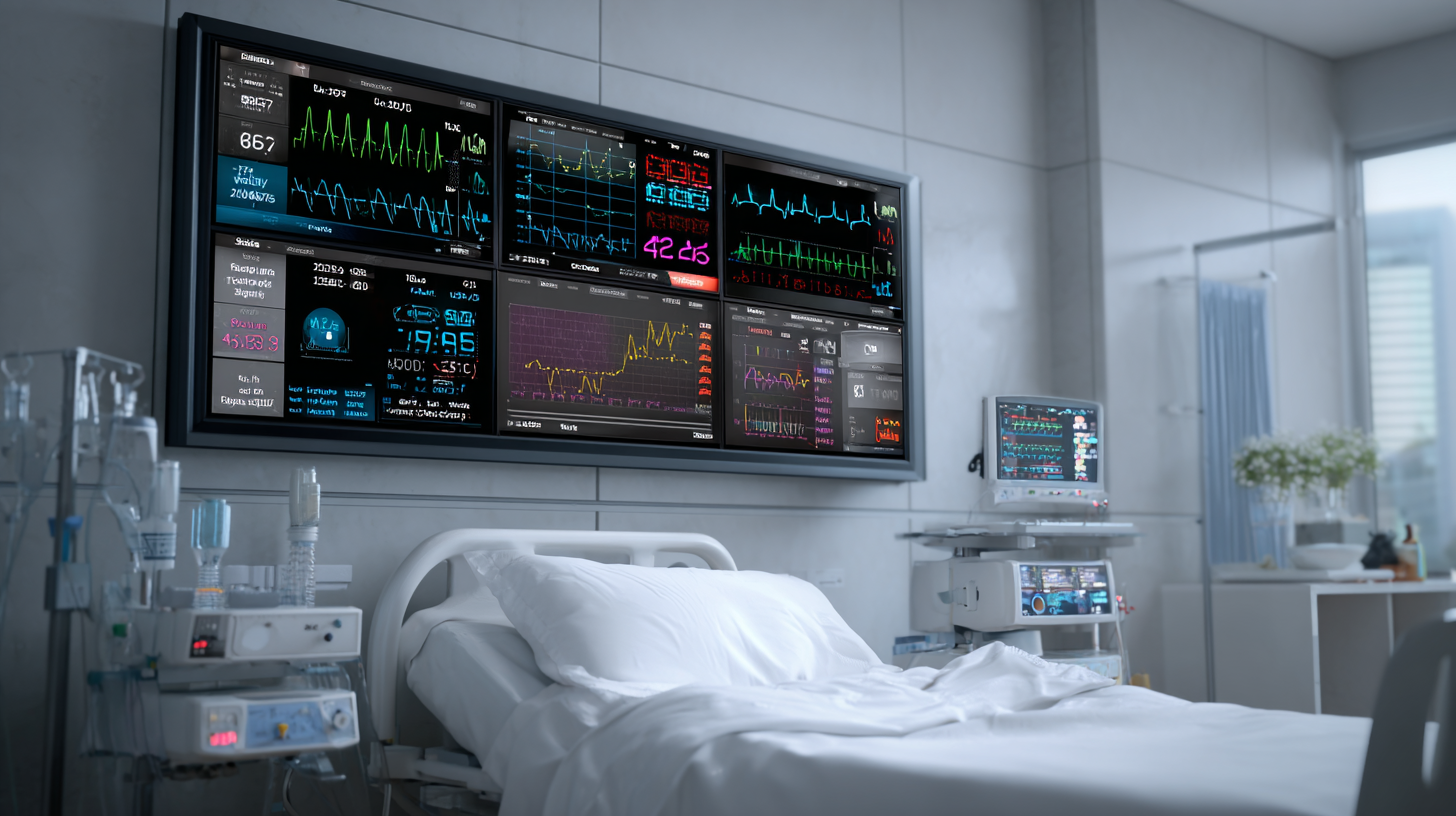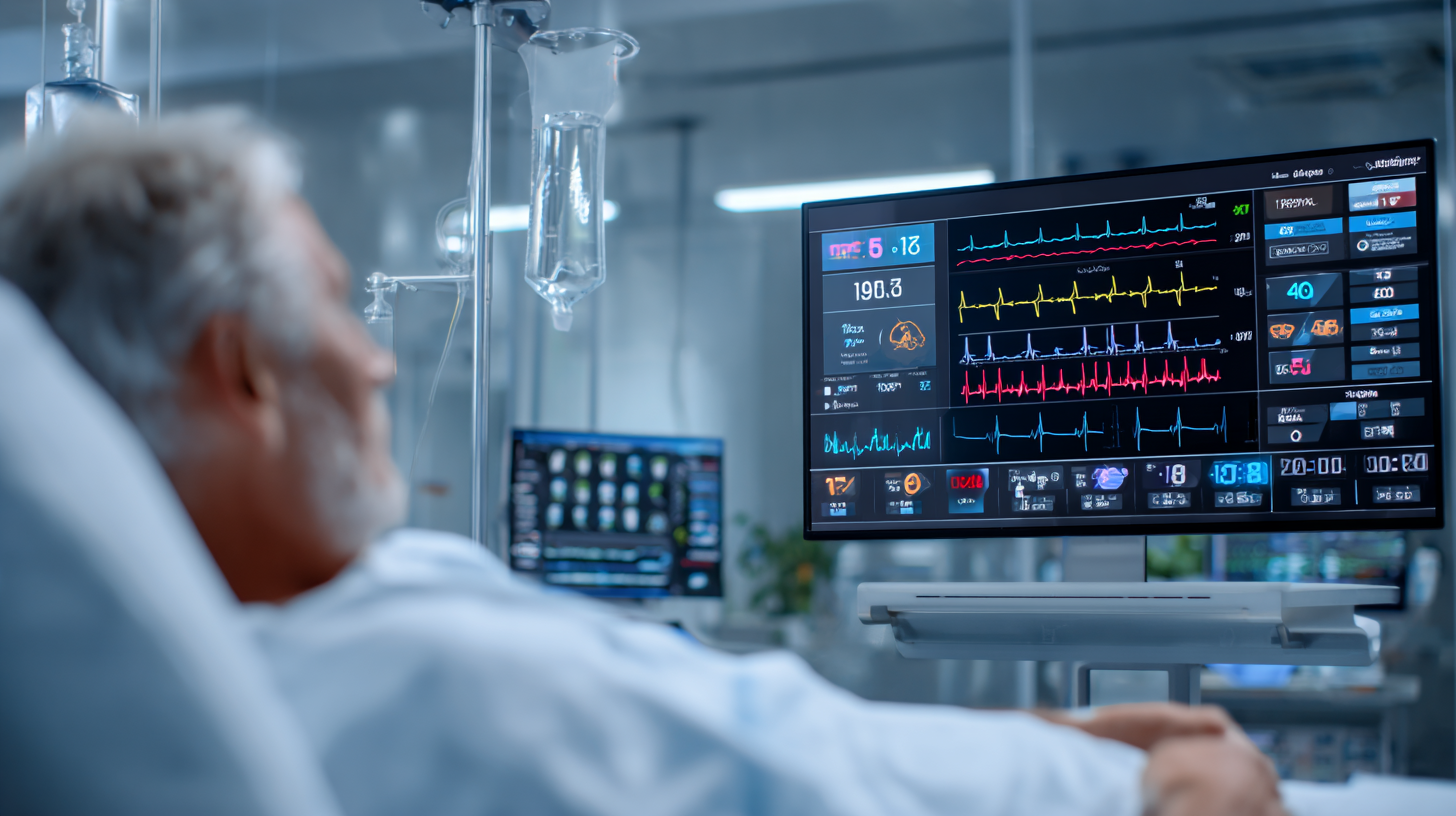Ultimate Guide to Choosing the Best Patient Monitoring System for Your Facility
In the rapidly evolving landscape of healthcare technology, the selection of an effective Patient Monitoring System (PMS) is paramount for facilities aiming to enhance patient care and streamline operations. According to a report by MarketsandMarkets, the global patient monitoring market is projected to reach $36.4 billion by 2027, reflecting a compound annual growth rate (CAGR) of 6.8% from 2020 to 2027. This growth is driven by increasing chronic disease prevalence, rising healthcare costs, and a growing emphasis on remote patient monitoring solutions. With myriad options available, it becomes crucial for healthcare providers to thoroughly evaluate their specific needs and choose a system that integrates seamlessly with existing workflows while delivering real-time, actionable insights. This guide aims to illuminate essential factors in selecting the best Patient Monitoring System tailored to the unique demands of your facility, ensuring improved patient outcomes and operational efficiency.

Key Considerations for Selecting a Patient Monitoring System in 2025
Selecting the right patient monitoring system in 2025 requires a careful assessment of several key considerations. First and foremost, facilities need to evaluate the compatibility of the system with existing technology. Integration with electronic health records (EHR), laboratory systems, and other medical devices is essential for seamless data flow and enhanced patient care. This also means considering interoperability standards to ensure that new systems can communicate effectively with different platforms and devices, reducing the risk of data silos.
Another critical factor is the system's user-friendliness. Healthcare professionals must be able to navigate the software without extensive training, as intuitive interfaces can significantly improve efficiency during critical situations. Additionally, the scalability of the monitoring system should be examined—facilities should choose a solution that can adapt to their growth and evolving patient needs. Lastly, prioritize systems with robust security features to protect sensitive patient data, especially as cyber threats in healthcare are on the rise. By focusing on these considerations, healthcare facilities can make informed choices that enhance patient outcomes and operational efficiency.
Emerging Technologies Shaping Patient Monitoring System Design
In recent years, emerging technologies have significantly shaped the design and functionality of patient monitoring systems. One of the most notable advancements is the integration of the Internet of Medical Things (IoMT), which is revolutionizing patient care by enabling continuous monitoring and data collection. A recent study analyzes the core components of IoMT, emphasizing its pillars: sensing, communication, and data analytics. These elements collectively enhance the ability to monitor chronic conditions like type 2 diabetes and hypertension, which are pivotal in preventing cardiovascular complications that the World Health Organization estimates claim 17.9 million lives globally each year.
Moreover, the role of blockchain technology in securing IoMT systems cannot be overlooked. By addressing security and privacy challenges, blockchain ensures that sensitive patient data remains protected during transmission. This integration supports the development of more robust remote patient monitoring systems (RPMS) that not only facilitate real-time health insights but also improve patient engagement. For instance, a French case study demonstrated that deploying RPMS equipped with nurse navigators and advanced analytics significantly enhanced patient follow-up, showcasing the technology's potential impact on healthcare delivery models. As these technologies continue to evolve, they promise to reshape patient monitoring, making it more efficient and comprehensive than ever before.

Integrating AI and Machine Learning for Enhanced Patient Safety
In today's healthcare landscape, the integration of AI and machine learning into patient monitoring systems is revolutionizing the way facilities ensure patient safety. These advanced technologies analyze vast amounts of patient data in real-time, allowing for quicker identification of potential health issues. By employing algorithms that learn from historical data, AI can predict potential complications before they arise, giving healthcare providers the crucial time needed to intervene and prevent adverse events.
Moreover, modern monitoring systems equipped with machine learning capabilities enhance operational efficiency. They can adapt to individual patient needs, offering personalized monitoring solutions that improve outcomes. For instance, a system that recognizes patterns in a patient's vital signs can alert medical staff to deviations from established norms, reducing response times and enhancing patient care. This proactive approach not only enhances safety but also leads to better resource management within healthcare facilities, ultimately fostering a more responsive and effective healthcare environment.
Ultimate Guide to Choosing the Best Patient Monitoring System for Your Facility - Integrating AI and Machine Learning for Enhanced Patient Safety
| Feature | Description | Importance Level | AI Integration |
|---|---|---|---|
| Real-Time Monitoring | Continuously tracks patient's vital signs to detect anomalies. | Critical | Adaptive AI algorithms for anomaly detection. |
| Data Analytics | Analyzes patient data for trends over time. | High | Machine learning models predict potential health issues. |
| Alerts and Notifications | Sends real-time alerts to healthcare providers for critical changes. | Very High | AI-driven alert prioritization based on patient risk. |
| User Interface | User-friendly designs for efficient operation by staff. | Medium | AI assists in customizing dashboards for user preferences. |
| Interoperability | Ability to integrate with other healthcare systems. | High | AI can facilitate smoother data exchange processes. |
Assessing Interoperability: Ensuring Compatibility with Existing Systems
When selecting a patient monitoring system, assessing interoperability is paramount to ensuring smooth integration with existing healthcare infrastructure. A study from the Healthcare Information and Management Systems Society (HIMSS) highlights that over 70% of healthcare organizations face interoperability challenges, leading to communication breakdowns and inefficiencies in patient data management. This underscores the importance of choosing a system that not only meets clinical requirements but also communicates seamlessly with legacy electronic health record (EHR) systems.
Moreover, the integration capabilities of a monitoring system can significantly enhance clinical workflows and patient outcomes. According to a report by the Office of the National Coordinator for Health Information Technology (ONC), facilities that prioritize interoperability see a 30% increase in data-sharing efficiency, which can lead to more timely clinical decision-making. Thus, when evaluating patient monitoring solutions, healthcare providers should rigorously assess interoperability features, ensuring that new systems can align with existing tools and protocols for an optimized patient care continuum.
Patient Monitoring System Interoperability Assessment
This bar chart displays the interoperability scores of various patient monitoring systems, highlighting their compatibility levels with existing hospital systems. A higher score indicates better interoperability.
User-Friendly Interfaces: Importance in Patient Monitoring System Adoption
User-friendly interfaces are crucial in the adoption of patient monitoring systems. With the increasing complexity of healthcare technology, the ability for healthcare professionals to quickly and easily navigate these systems can significantly impact patient outcomes. A report by Industry Research Company reveals that healthcare providers are 30% more likely to adopt a monitoring system that features an intuitive interface. This is particularly essential in critical situations where time is of the essence.
Recent advancements in wearable technologies, such as non-invasive sensors designed for continuous cardiovascular monitoring, underscore the importance of such interfaces. For instance, a newly developed wearable neckband utilizes a self-powered sensor to track vital signs without imposing discomfort on the user—demonstrating how a seamless user experience can enhance patient compliance and data accuracy.
Tips:
- - When evaluating patient monitoring systems, prioritize those with interfaces that simplify the data visualization process.
- - Invest in training for staff to ensure they understand how to utilize the system efficiently, thereby maximizing its potential for improving patient care.
- - Consider feedback from end-users during the selection process, as their insights can inform the importance of usability in real-world applications.


